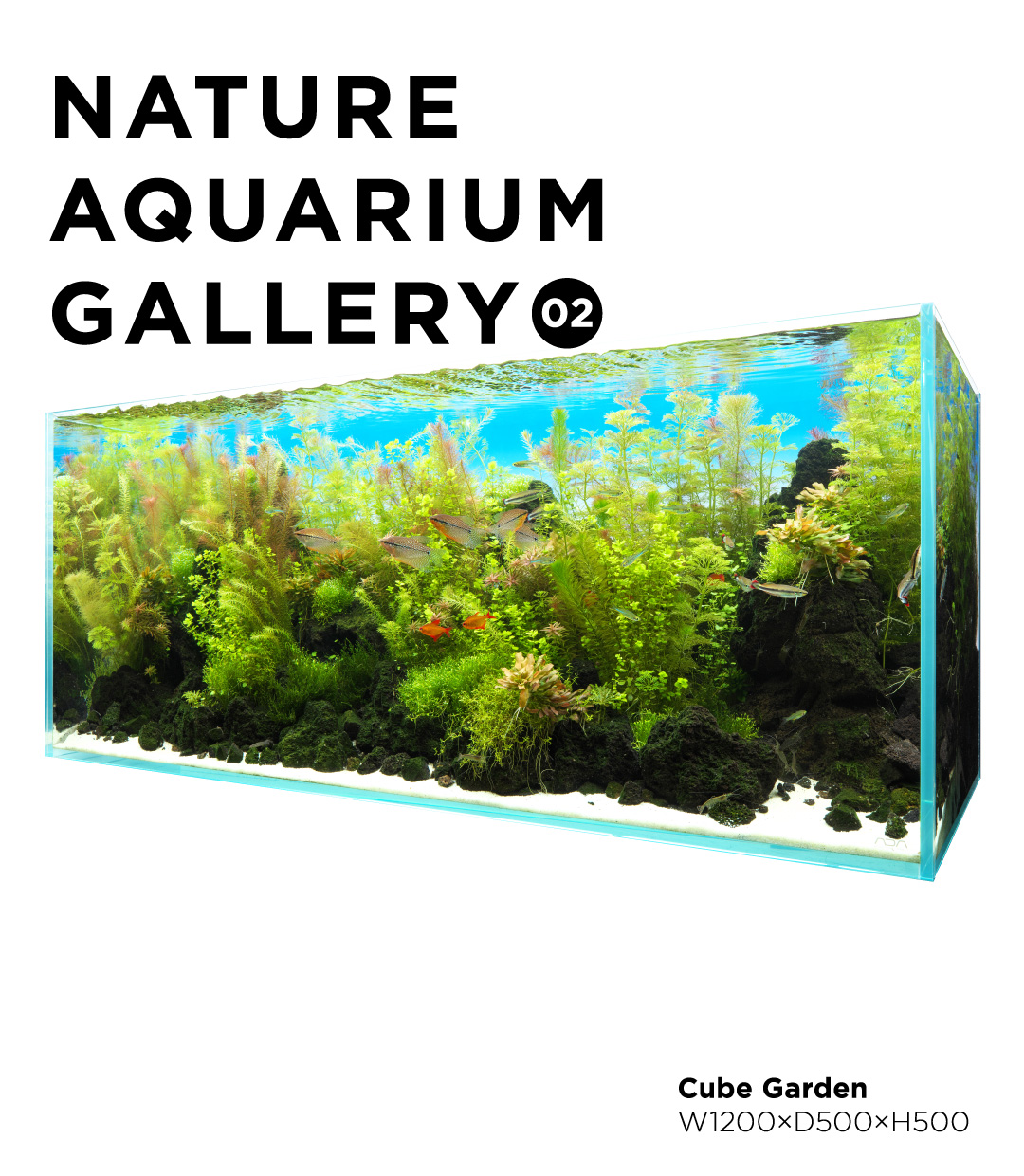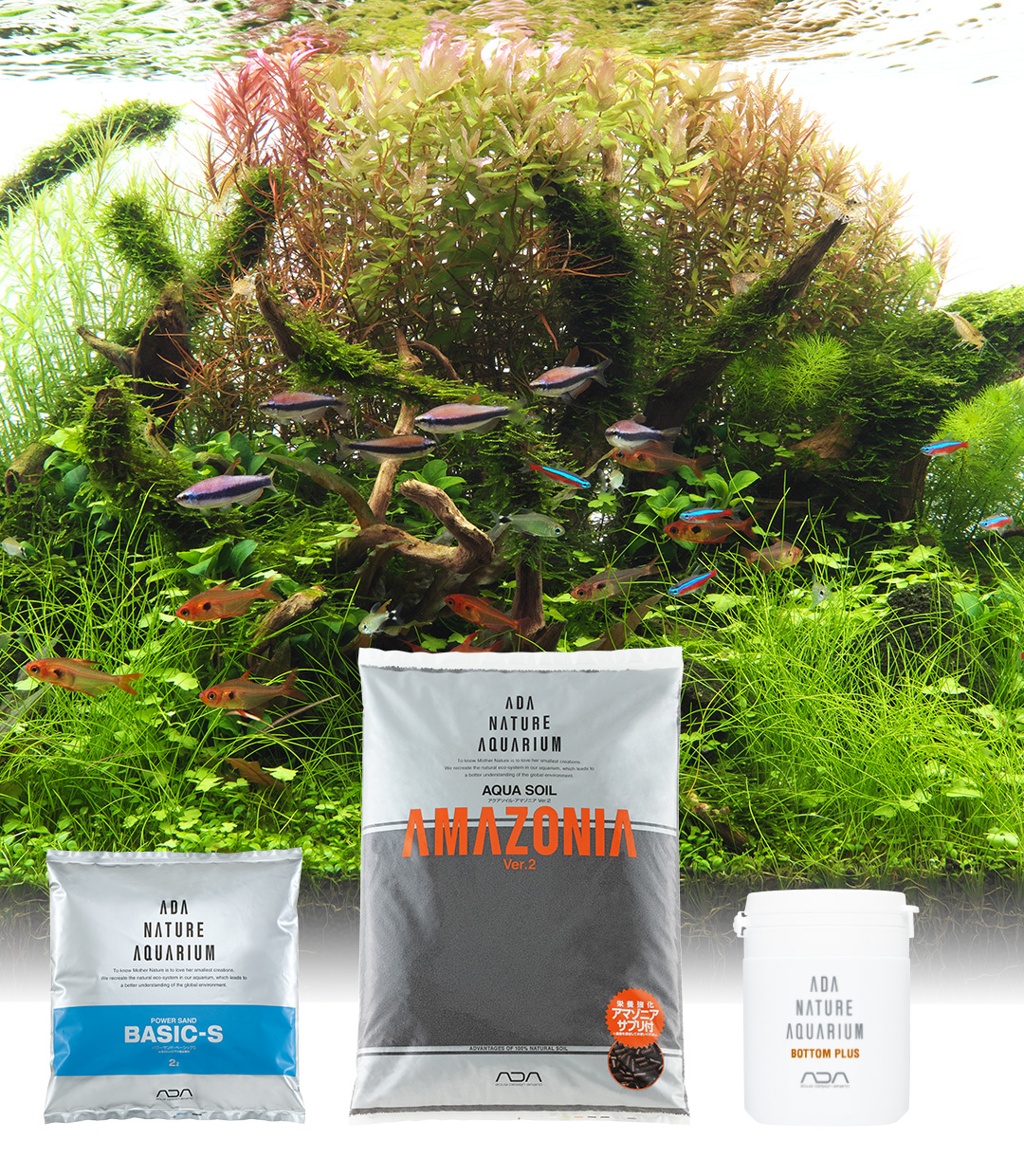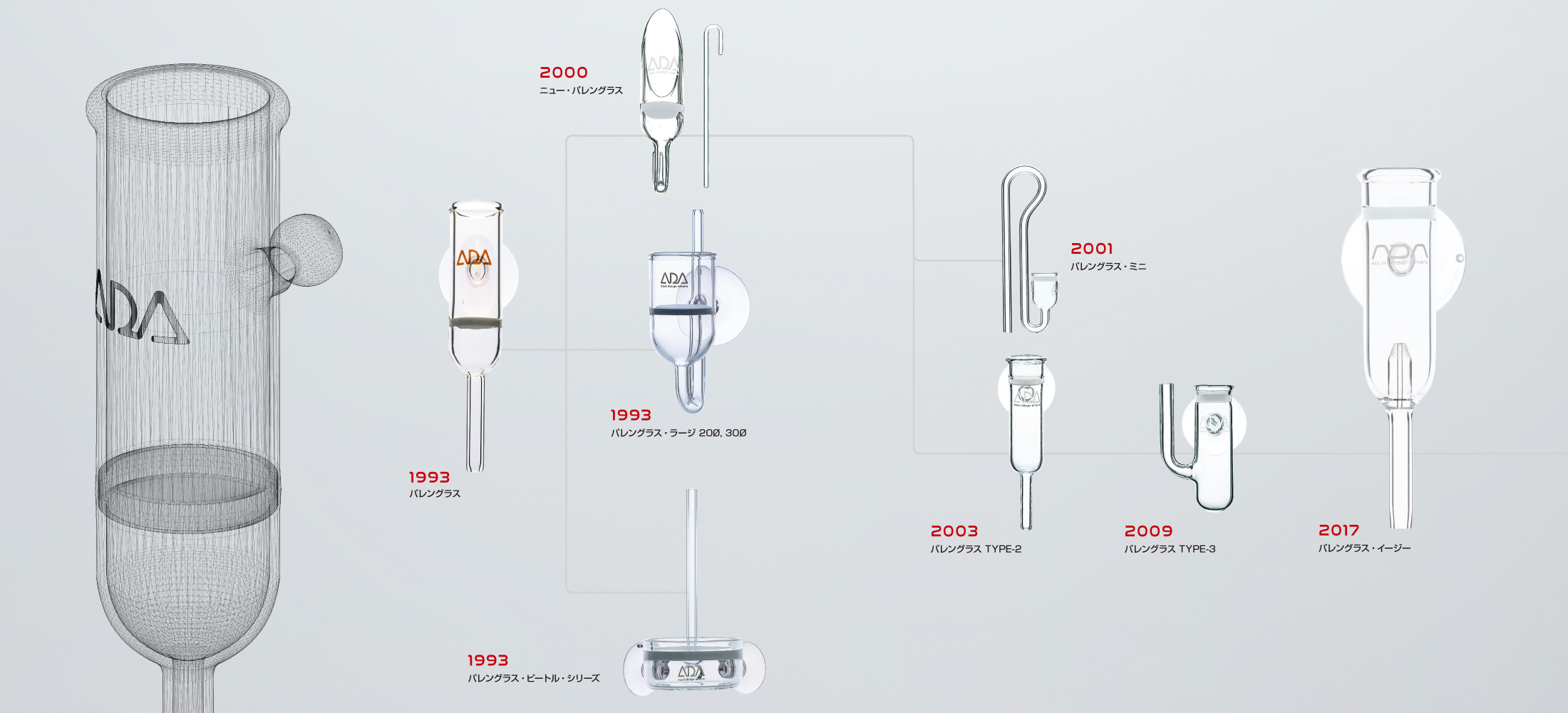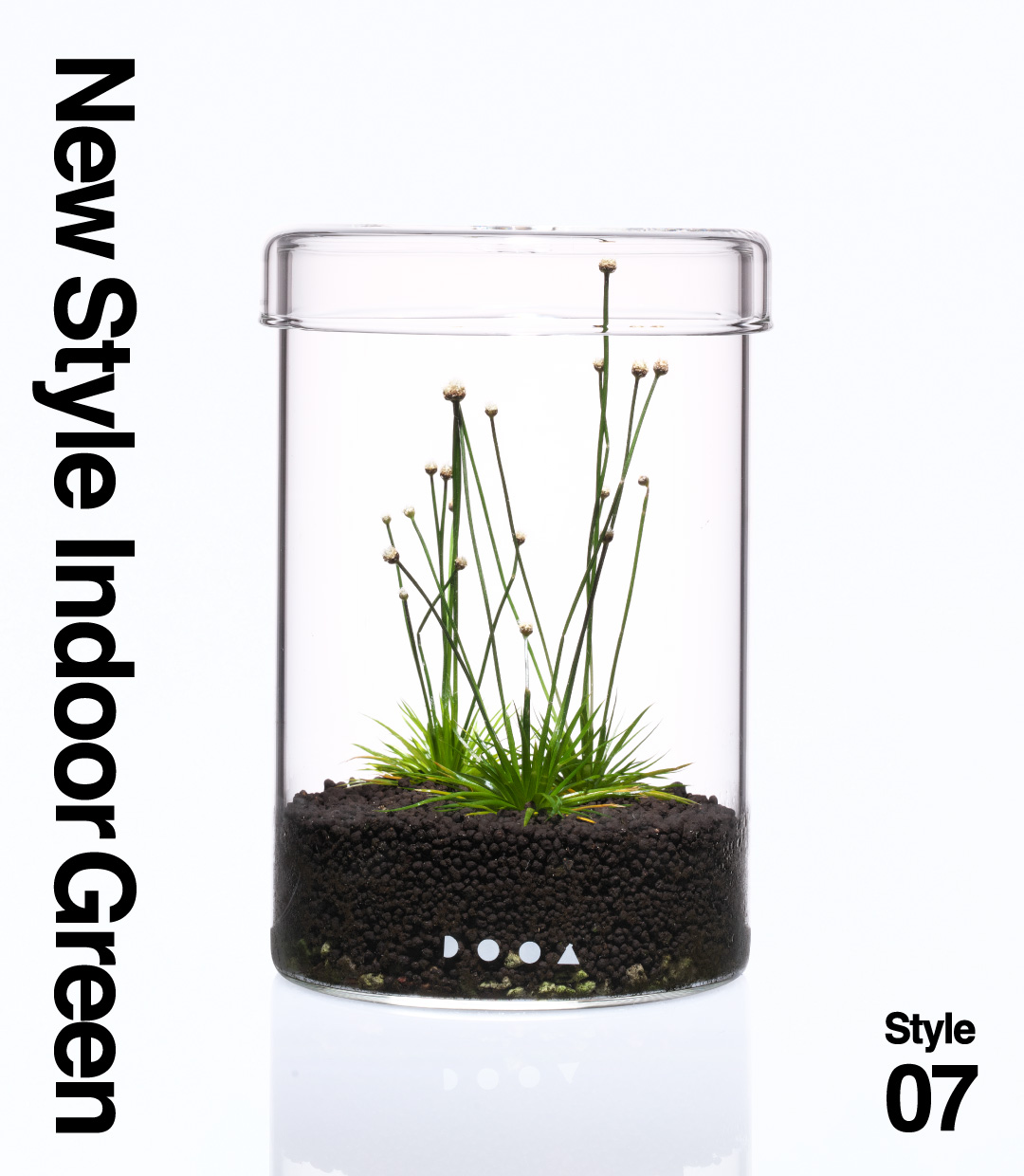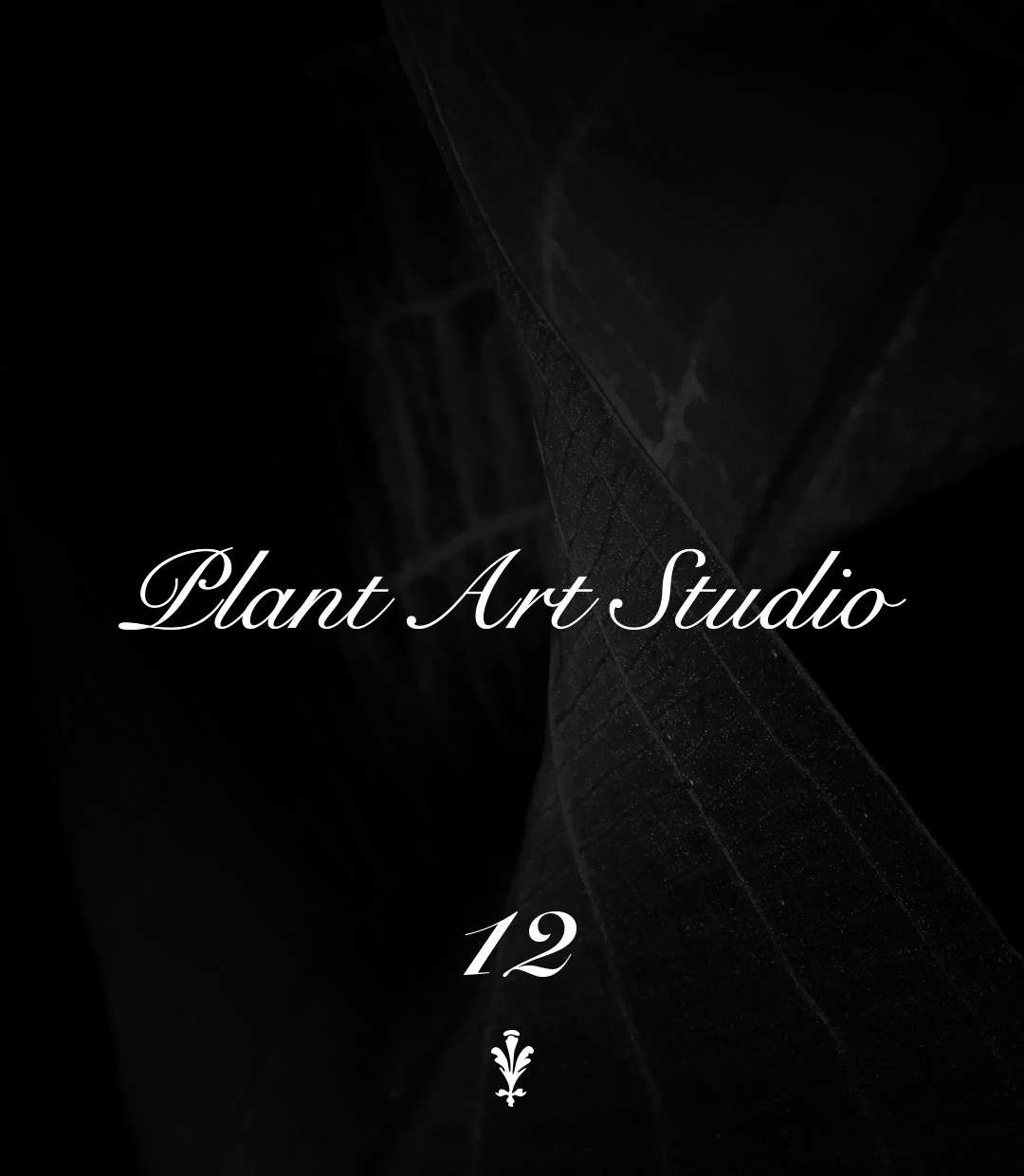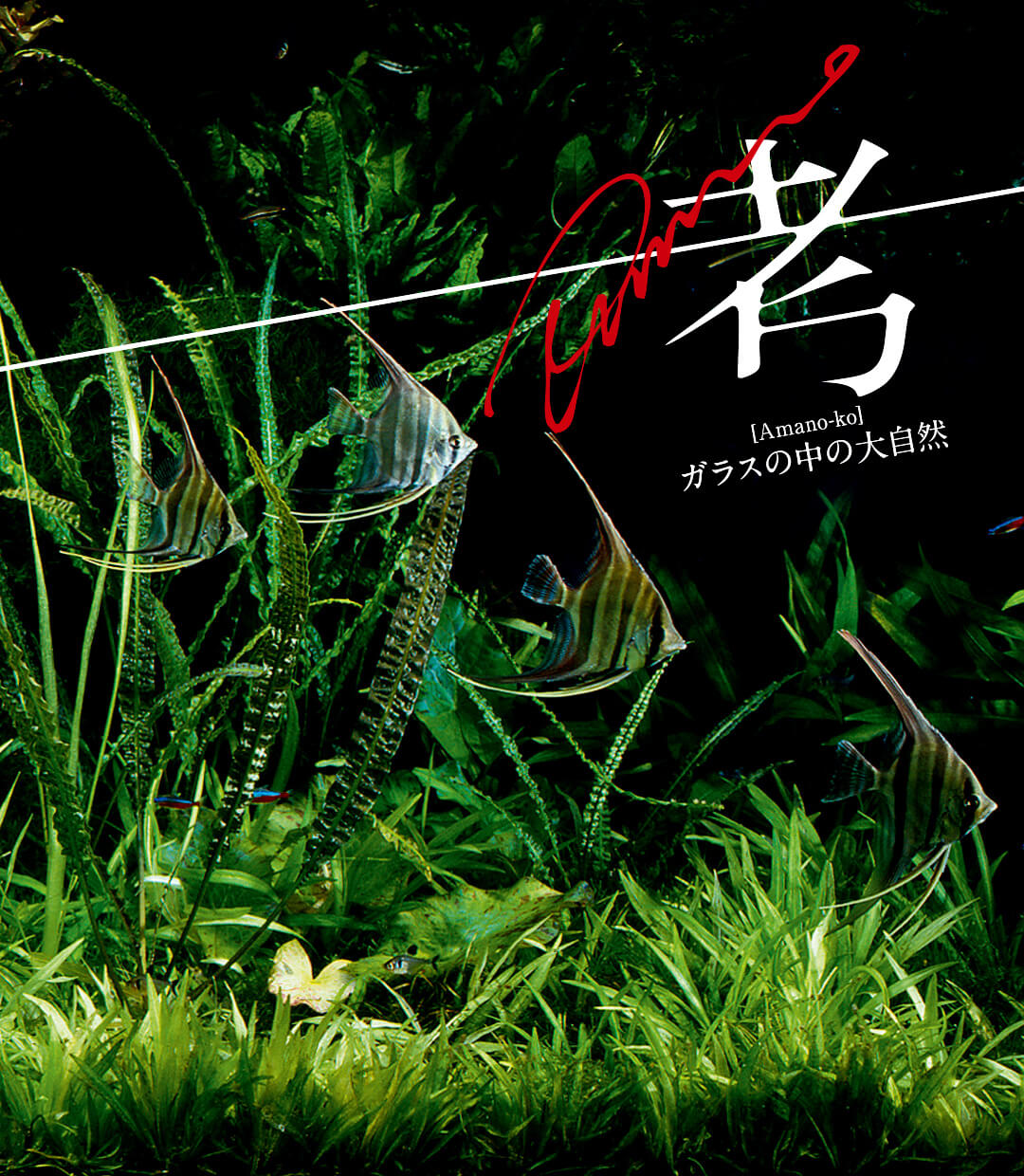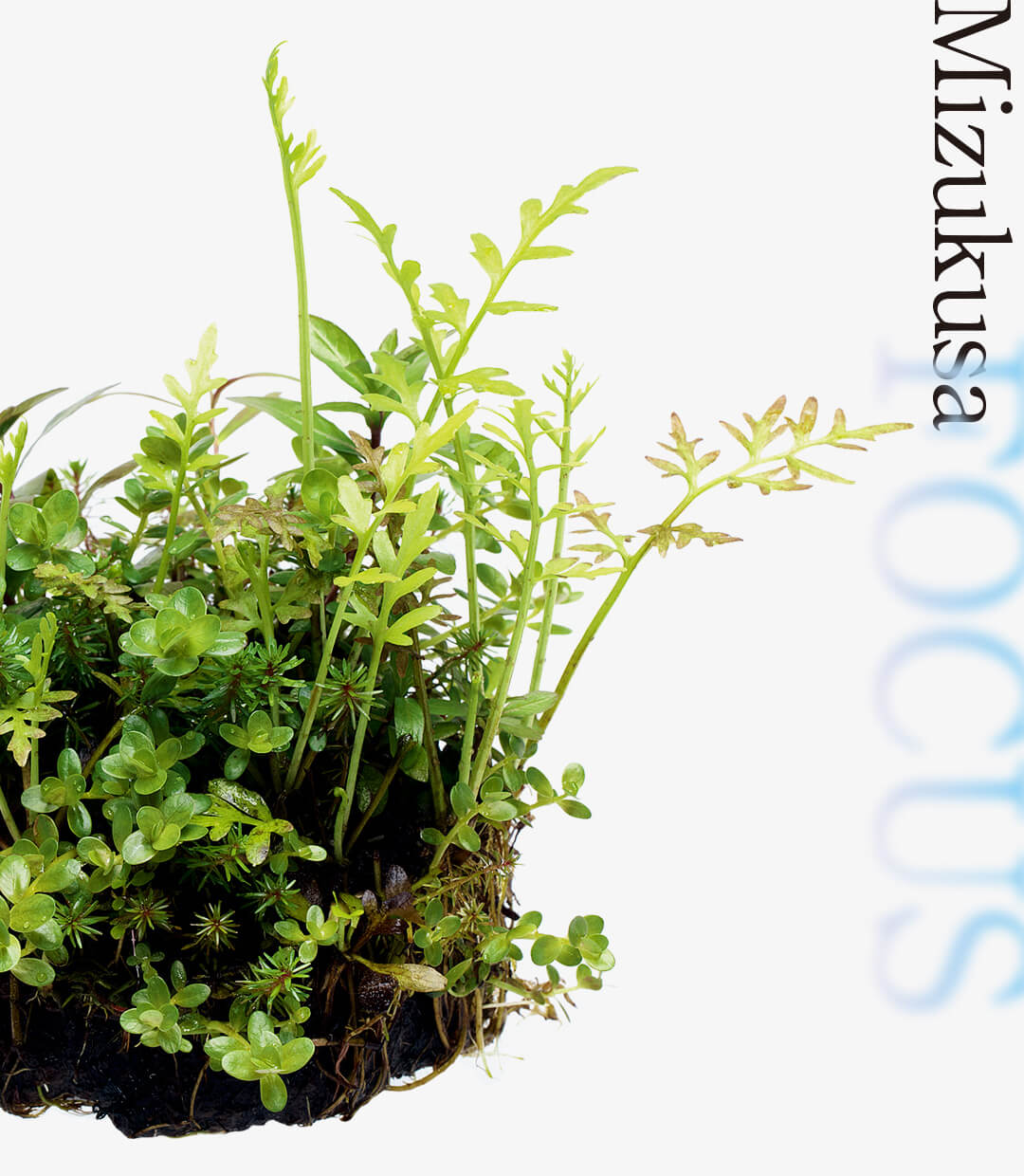PRODUCTS 2022.05.27
ADA PRODUCTS -The theory of evolution- #1. POLLEN GLASS SERIES
ADA celebrated its 30th anniversary on April 21, 2022. Many NA Goods released so far were born from actual Nature Aquarium experiences. I would like to introduce the transition of purpose and function of ADA products by comparing some of the product groups to the theory of evolution.
The ever-evolving functionality and design
After confirming that photosynthesis of aquatic plants is promoted and they grow healthy when carbon dioxide is added to an aquarium, ADA proceeded with the development of glass filters and released Pollen Glass using a Ø20㎜ glass filter for W60cm aquariums. Carbon dioxide becomes fine bubbles as if dancing in the water just like pollens when CO2 is added through the superfine diffusion surface. As a result, natural CO2 supply became possible. And it is a well-known story, that the name of the product literally came from the word, “Pollen”.
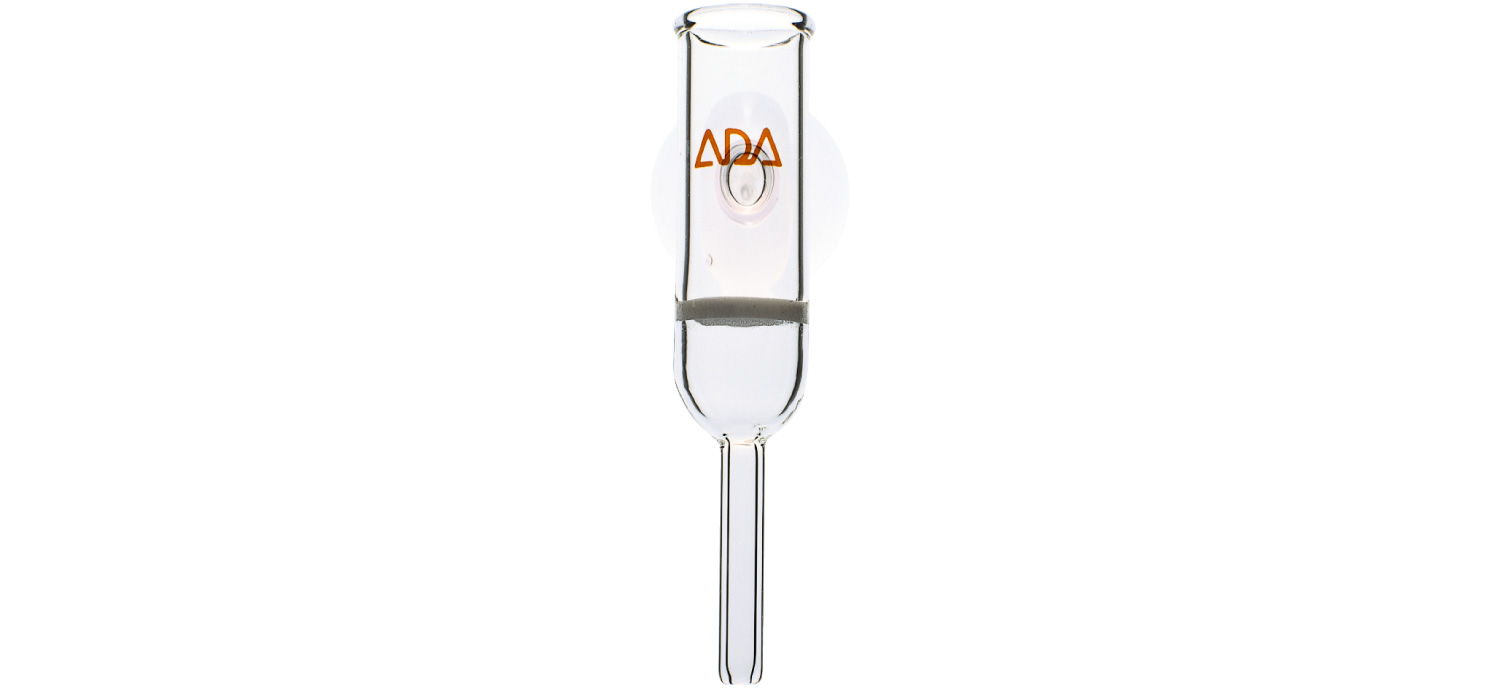
1993
Pollen Glass
It’s the original model that made it possible to add fine CO2 bubbles. The brown logo was used when it was first released.
Pollen Glass
It’s the original model that made it possible to add fine CO2 bubbles. The brown logo was used when it was first released.
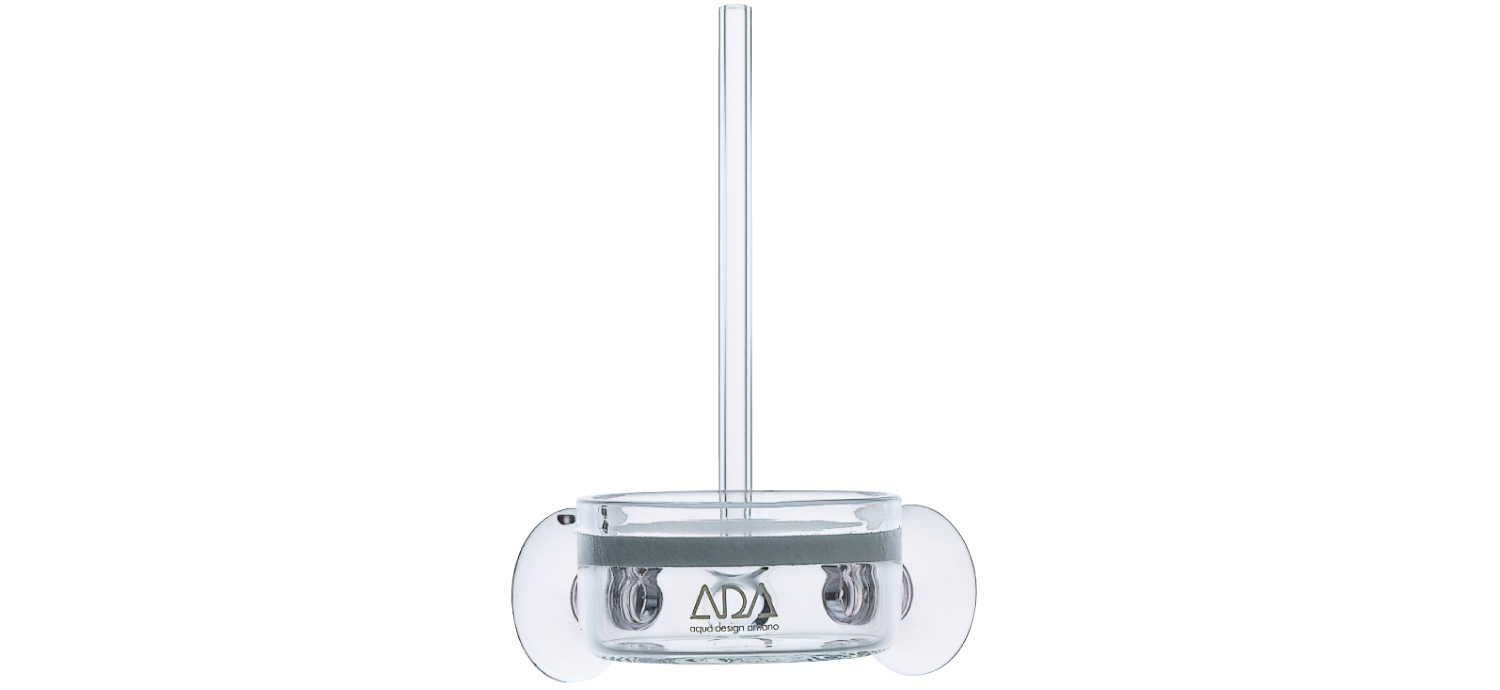
1993
The Pollen Glass Beetle Series
The design with two mounting parts for suction cups, allows us to set it up easily at the corner of an aquarium. It is developed for large aquariums of W90cm or larger.
The Pollen Glass Beetle Series
The design with two mounting parts for suction cups, allows us to set it up easily at the corner of an aquarium. It is developed for large aquariums of W90cm or larger.
Pollen Glass Beetle with wider diffusion surfaces of Ø30 to 50㎜, was released. The name, Beetle came from an insect, beetle. It was uniquely named based on how it looks because its glass tube looks like a beetle horn and its mounting parts for suction cups look like beetle eyes.
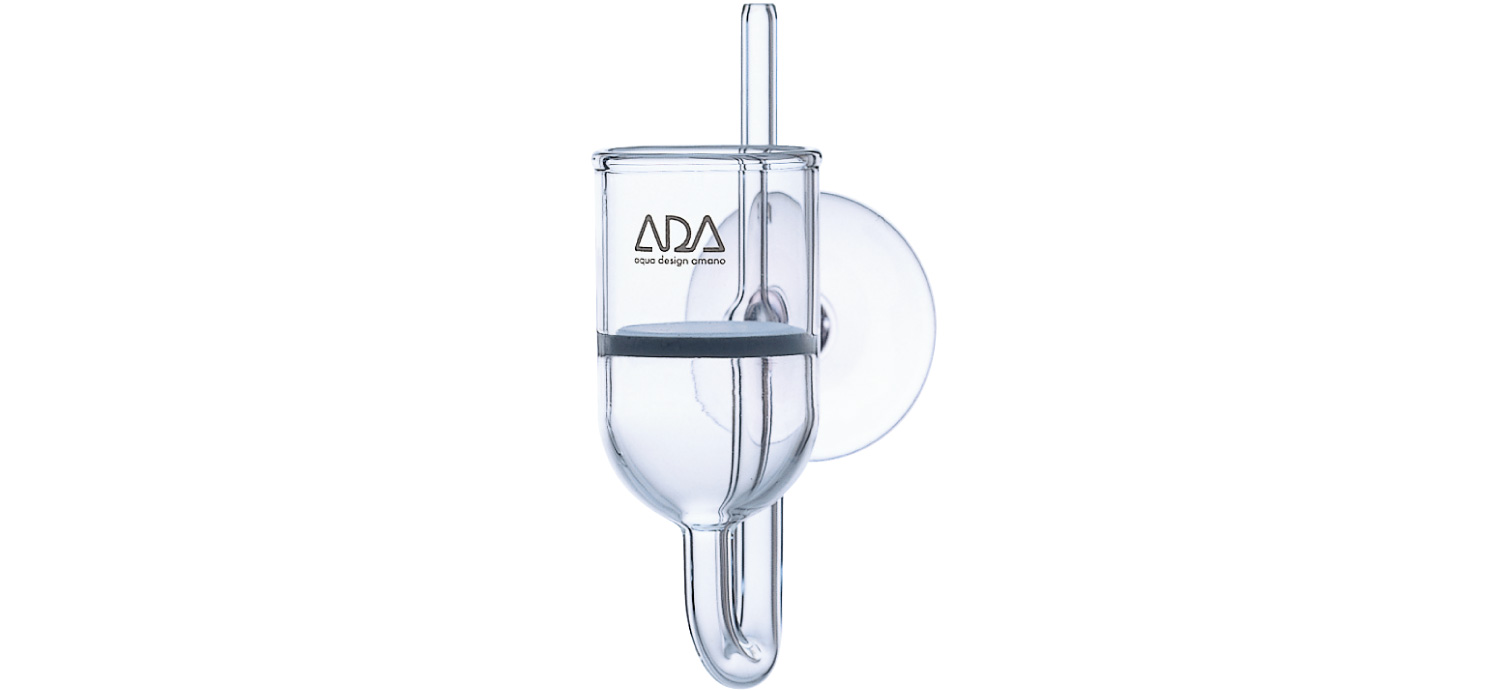
1993
Pollen Glass Large 20Ø, 30Ø
The design allows us to set it up on the side of an aquarium. By designing the glass tube into a J shape, piping became even more beautiful.
Pollen Glass Large 20Ø, 30Ø
The design allows us to set it up on the side of an aquarium. By designing the glass tube into a J shape, piping became even more beautiful.
Pollen Glass Large has a wider diffusion surface and a functional design with a J shapd glass tube. The main body of Pollen Glass Large reminds us of the original model. The glass tube consists of two parts. An 8mm glass tube extends from the main body to gain strength and a 6mm glass tube is joined to connect a silicone tube.
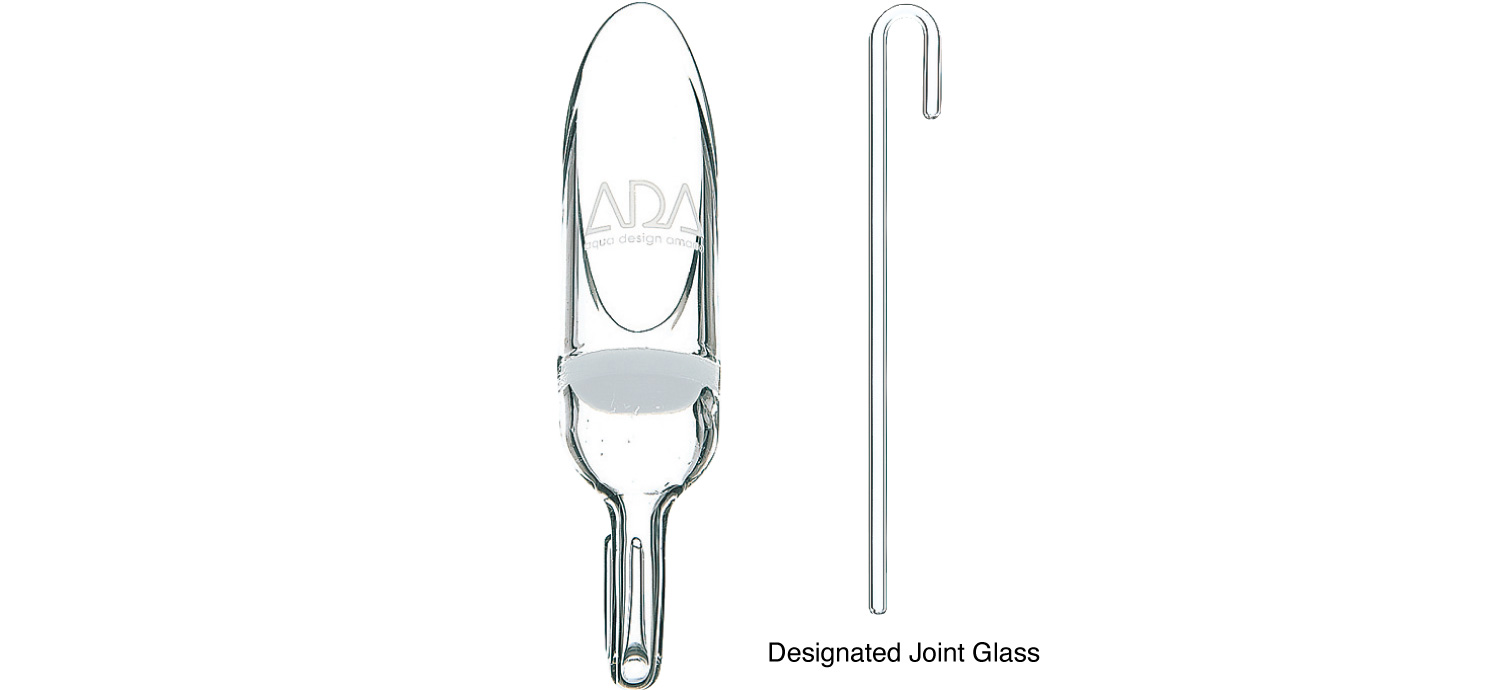
2000
New Pollen Glass
It is a model with a well-designed slope. It was designed as a set with a designated Joint Glass (Discontinued product).
New Pollen Glass
It is a model with a well-designed slope. It was designed as a set with a designated Joint Glass (Discontinued product).
After 2000, ADA developed multiple variation models. By using New Pollen Glass with significant design changes or Pollen Glass Mini designed for small aquariums, piping in an aquarium can be done with a glass tube. The development progressed with Pollen Glass TYPE-2, TYPE-3, and EZ, and because of the high design and functionality, they continue to be manufactured to this day.
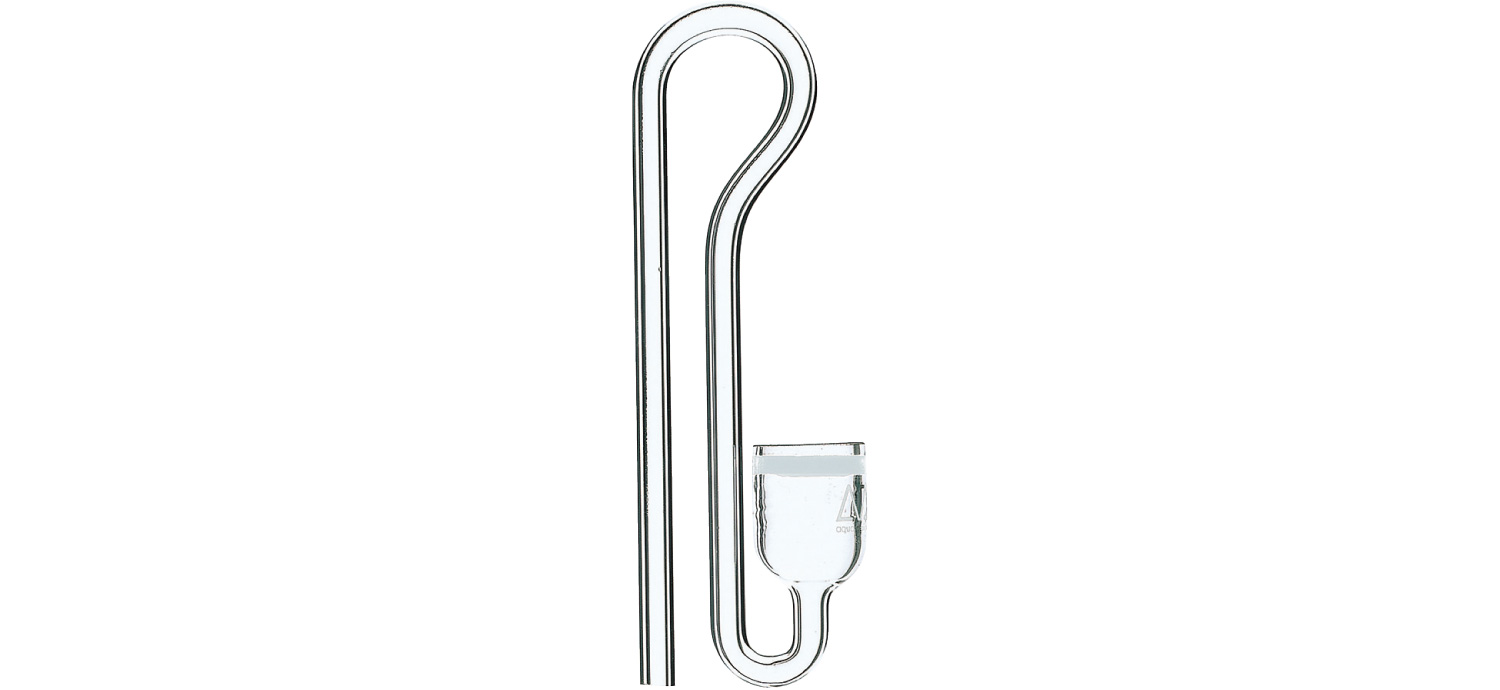
2001
Pollen Glass Mini
It was developed for small aquariums. Piping is not so visible because it can be installed without a suction cup. A silicone tube can be connected outside an aquarium.
Pollen Glass Mini
It was developed for small aquariums. Piping is not so visible because it can be installed without a suction cup. A silicone tube can be connected outside an aquarium.
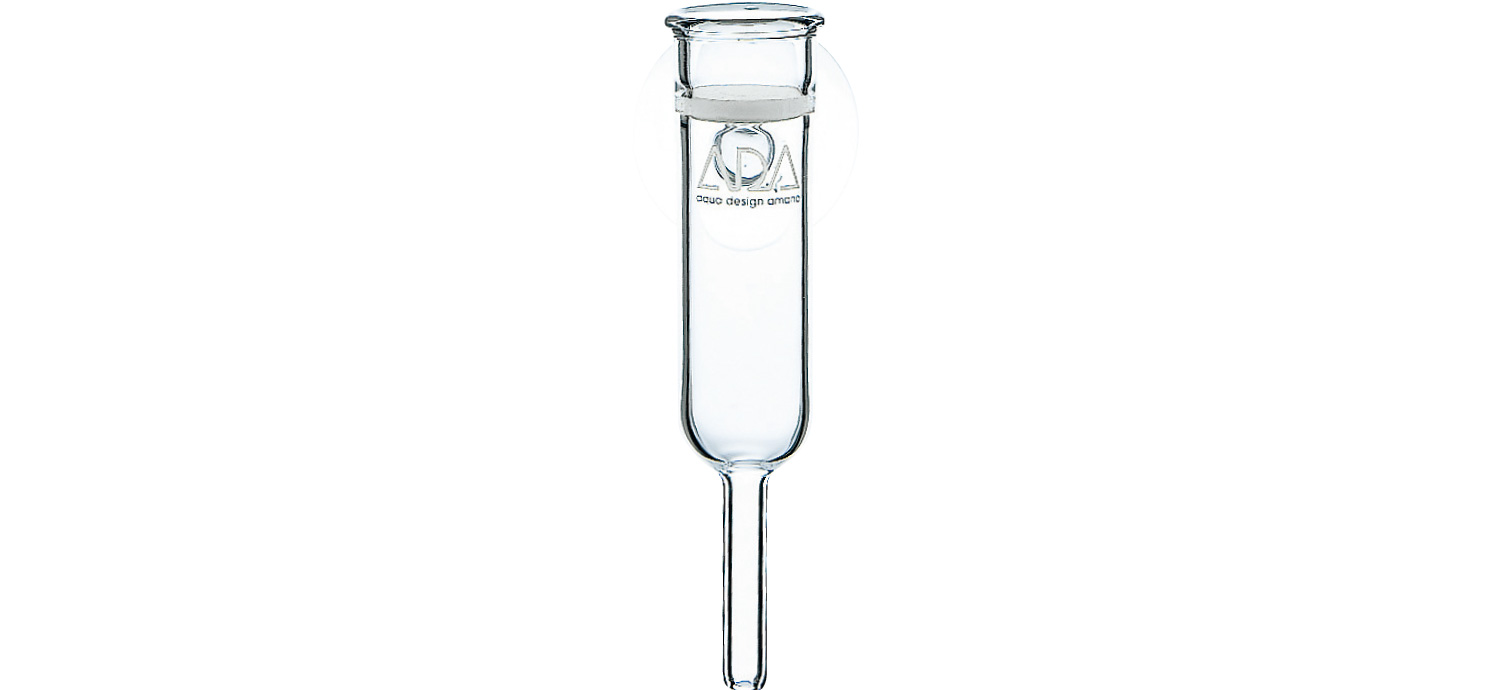
2003
Pollen Glass TYPE-2
It is a variation model with the diffusion surface moved to the top. The CO2 addition efficiency is suitable for W60cm aquariums just like the original model.
Pollen Glass TYPE-2
It is a variation model with the diffusion surface moved to the top. The CO2 addition efficiency is suitable for W60cm aquariums just like the original model.

2009
Pollen Glass TYPE-3
It is designed with the tube connection facing up by joining the glass tube to the left side of the main body. Piping can be done easily with this model.
Pollen Glass TYPE-3
It is designed with the tube connection facing up by joining the glass tube to the left side of the main body. Piping can be done easily with this model.
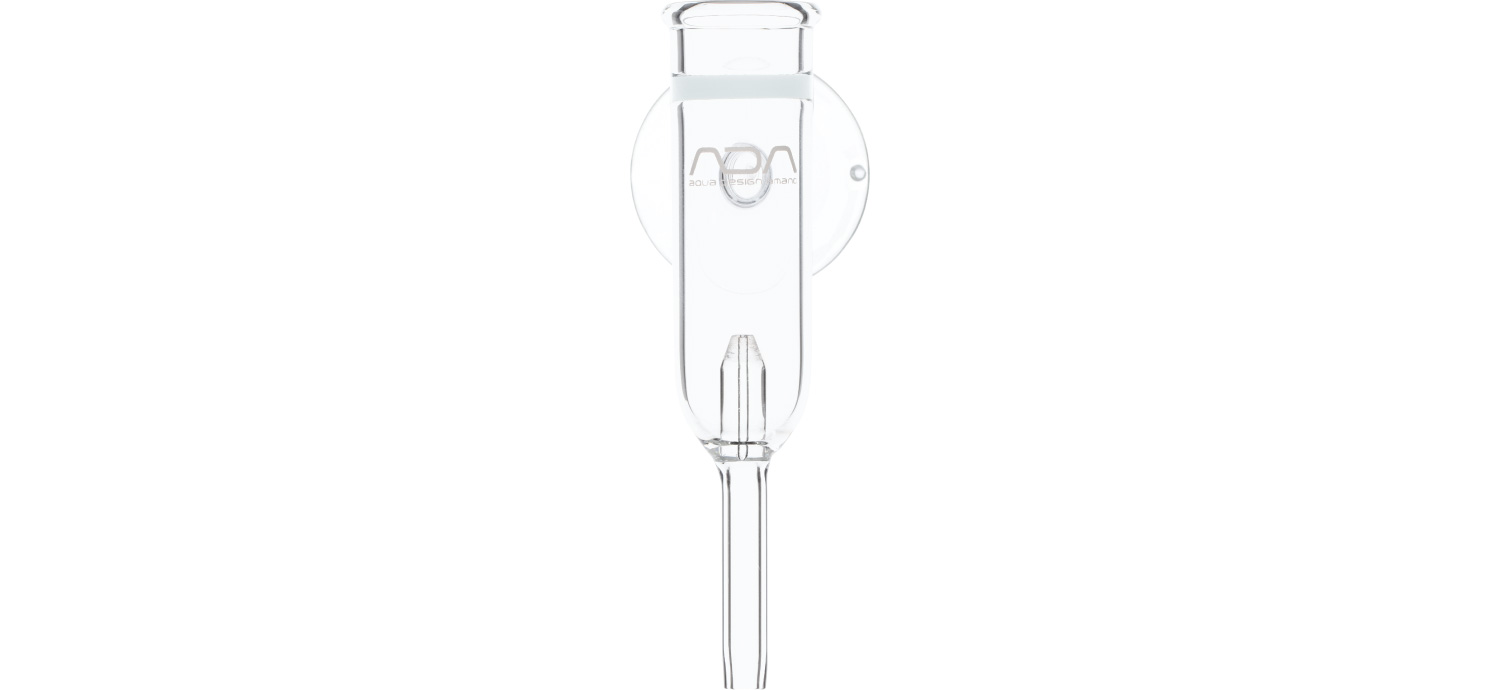
2017
Pollen Glass EZ
The number of drops used as a guide for the amount of CO2 addition, can be measured with the capillary inside the main body. Currently, it is the only product that can be used without a counter.
Pollen Glass EZ
The number of drops used as a guide for the amount of CO2 addition, can be measured with the capillary inside the main body. Currently, it is the only product that can be used without a counter.
